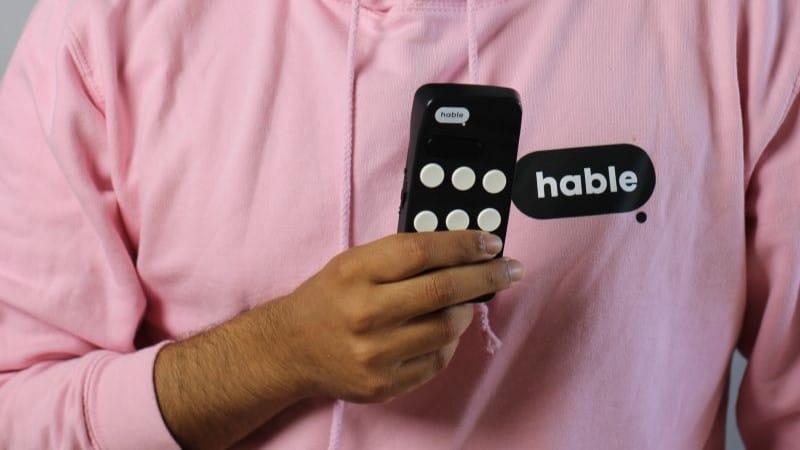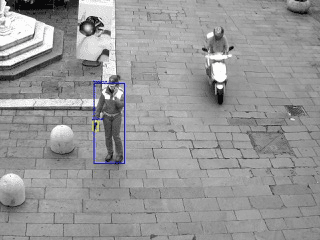
A team from the University of Geneva (UNIGE) collaborated with Université Lumière Lyon 2, Université Paris 8, and publishing house “Les Doigts Qui Rêvent” to create an innovative tactile book for visually impaired children. The book features tactile illustrations based on touch and hearing, rather than vision, providing a more inclusive reading experience, says UNIGE in a press release.
The prototype book, “Petite main se promène” (“Little hand goes for a walk”), includes 4 pages with action prompts and sounds, enabling easier and quicker object recognition. Eleven children with varying degrees of visual impairment participated in the design process. A new immersive prototype with conductive fabrics, foams, and electronic circuits to trigger sounds in response to readers’ gestures is currently in development.
- The tactile books for visually impaired children that exist today, rely on prior visual experiences
- The new prototype book contains actions for children to perform with their hands, replicating real-life interactions with objects
Breaking the boundaries
Traditional tactile books for visually impaired children rely on prior visual experiences, limiting the understanding and enjoyment of blind children. The UNIGE team, led by Dannyelle Valente, a research associate at the University of Geneva’s Faculty of Psychology and Educational Sciences and a lecturer at Université Lumière Lyon 2, aimed to “offer an experience that better matched the sensory experience of children with visual impairment”. This groundbreaking approach allows visually impaired children to experience books in a more inclusive and engaging manner.
The researchers had previously designed 3D modules, such as miniature slides and swings, for visually impaired children to explore using their index and middle fingers. The present study combines these modules with sounds to create the prototype book.

Engaging the senses through actions and sounds
The 4-page book contains actions for children to perform with their hands, replicating real-life interactions with objects. Sounds are used to encourage manipulation, for example, “You too, climb the stairs with your fingers” prompts children to climb a small staircase while footstep sounds play. This combination of gestures and sounds enables easier and quicker object recognition, making the reading experience more enjoyable and accessible for visually impaired children.
The book was designed with the participation of 11 children aged 5-11 with varying degrees of visual impairment. Tests were conducted comparing the reading of a group of completely blind children with a group of children with some visual abilities. The results, published in the British Journal of Visual Impairment, demonstrate the effectiveness of the combination of gestures and sounds in the tactile book.

Towards a more inclusive and effective tactile book
Edouard Gentaz, full professor and director at the University of Geneva’s Faculty of Psychology and Educational Sciences, emphasizes the importance of creating “more inclusive and effective tactile books, regardless of children’s visual experience”. The success of the “Petite main se promène” prototype is a significant step towards achieving this goal.
A new prototype is currently in development, incorporating conductive fabrics, foams, and electronic circuits to trigger new sounds and soundscapes in response to readers’ gestures. This more immersive book is expected to be released soon, further revolutionizing the reading experience for visually impaired children.







